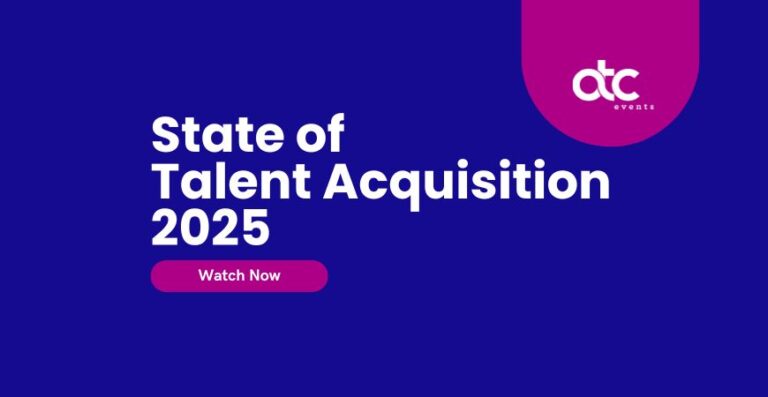This year I clock up 25 years in recruitment. While falling into my first recruitment job, I’m glad I did. It’s been a fascinating ride.
A key reason is the people I meet and the discussions we have. Over the years, issues covered have been wide ranging. Today, the debate is fixed almost exclusively on one issue – flexible working.
Everyone wants to discuss this transformative change to our work lives. Recognising the move to greater flexibility was slowly happening and then accelerated via pandemic ‘stay at home’ orders; we all want to understand what this new way of work means for our employer and our employment.
Who knew? This news isn’t new
While the debate seems relatively recent, the desire for flexibility isn’t.
Multi-year research conducted by Randstad shows flexible working arrangements have been a focus for Australians for years. Our annual employer branding research has been running for over 20 years and well before the pandemic, Australians said they valued ‘work life balance’ above all other elements of an employment offering – even ‘salary’. In preceding years, Australia was the only country out of 30 surveyed that returned this result. We have always put a high price on flexibility and work life balance. Industry sectors such as childcare and the public sector are seen by respondents to be some of the most attractive employment destinations in Australia, in no small part due to the perceived flexibility offered.
However in 2023, the desire for flexibility has permeated the whole report. Of 6,000 Australian respondents, 45% said they would leave their current job if they felt they could improve their work-life balance, a staggering 12 points higher compared to 33% who said they would leave because their remuneration was not keeping pace with the cost of living. This trend is not siloed to Australians alone, but witnessed across the Asia Pacific region in other markets surveyed.

So what does this mean for organisations?
It’s clear we all want flexibility, but it is equally clear this means different things to different people. To the 20-something accountant looking to complete her CA, flexibility may look different from a middle-aged Dad with daughters who is keen to get to football training.
How do organisations build a framework that provides freedom for each employee while maintaining some degree of managerial prerogative?
Keep your eyes on the clock
I believe the answer to these questions is as old as time itself. In fact, I believe the answer is time itself.
Recently I read comments by a management academic named Anthony Klotz who, with one sentence, crystallised the flexibility discussion for me. Klotz said: “Coming out of the pandemic, it seems like we have a very low tolerance for things from the work world that waste our time.”
In my view, Klotz is correct. For organisations seeking the balance between flexibility and managerial prerogative, a simple overarching principle should apply. Emerging from Covid19, we have a greater appreciation of our time and simply aren’t prepared to spend it as wastefully as we did before the pandemic. Organisations must keep this front of mind when building flexibility frameworks.
As a practical example, many people I speak with don’t object to being in the office – once they are there. The part they are agitated about is the “dead time” of the commute to the office and the time taken to get home. Sitting on a crowded freeway in traffic or waiting for an unreliable bus doesn’t compare to a home cooked meal with the family or another session at their local gym.
An extension of this ethos is from research recently published in the WSJ showing that when working in a flexible manner, people make better use of their “down time”. At home they do a load of washing or go for a walk compared to the office where “doom scrolling” seems the default “filler” activity of choice.
Therefore if organisations want people ‘in the office’ more frequently, I believe it will only be positively received by explaining how this is an improved use of time. On days people do go back into a workplace, it will be vital to have those days structured or planned in such a way that employees see the time investment as being beneficial to them.
This includes using days in the office for team building activities, innovation sessions or collaborative tasks. A Chief People Officer at a major insurance firm I spoke with confirmed this drive for more social and community-based interaction, saying they now view the office as a “mid-week nightclub”. Travelling throughout Australia in the last 12 months, I have also seen major office buildings supporting these efforts by offering theme days such as “Food Truck Friday” or providing professional photographers to take updated LinkedIn profile shots for those who make the trip into the CBD.
Only months after I joined the recruitment industry, my employer sent me to an RCSA course for rookie recruiters where one experienced recruiter spoke. They said something that has stuck with me – ‘Remember, you can always make more money. You can never make more time’. The words were wise then and they hold greater meaning now.
Where does the flexible work debate go from here? Not only will time tell, but I believe it will also shape the outcome.
Do you have a Talent Story or insights that you’d like to share? Drop us a note at info@atcevents.com.au with a brief summary and we’ll get back to you!







